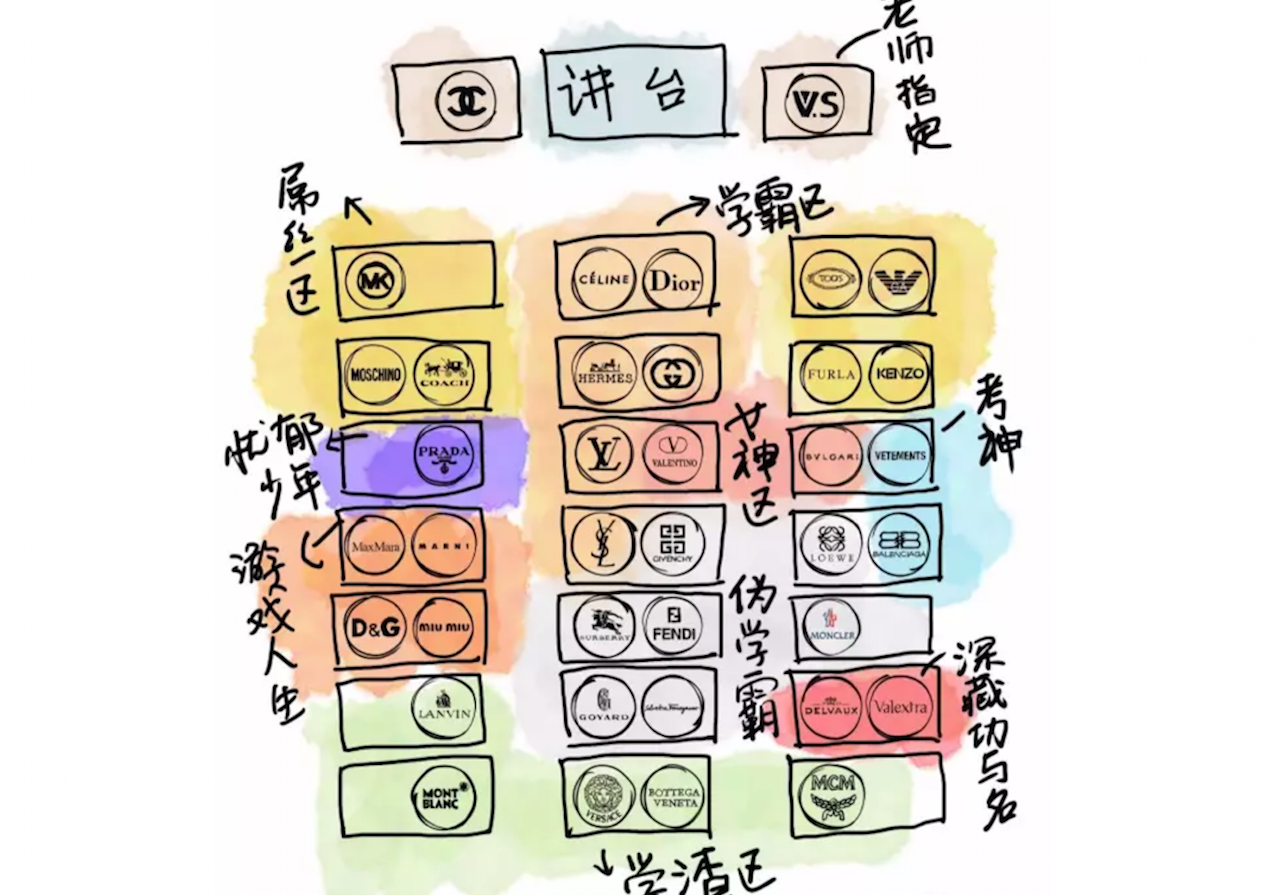In late 2015, China announced that it would end its “one-child” policy and allow all married couples to have two children. The decision was seen as a response to China’s aging population and skewed gender ratio.
Some remarked that the so-called “two-child” policy was too little, too late to make a major difference in the country’s population trajectory. Why have any child policy at all? Others predicted that the policy shift would become evident by the end of 2018, and that it would bring new business opportunities for products and services aimed at mothers and children.
Just two years after the implementation of the so-called “two-child” policy, more nuanced and wide-ranging impacts on Chinese family formation and shopping habits are beginning to appear.
The new policy has been felt more outside big cities#
It turns out both optimists and pessimists were half-right about their predictions of the outcome of the two-child policy. Statistics from 2016 show that the two-child policy was met with different levels of enthusiasm in different cities.
A recent report by JD.com and the 21st Century Economic Research Institute shows that while tier-one and tier-two cities demonstrate greater purchasing power for high-end maternal and children’s products, it is families in tier-five and tier-six cities who are most interested in having a second child.
Families in less urbanized provinces (e.g. Tibet, Xinjiang, and Qinghai) or where housing and child care expenses are more affordable (e.g. Shandong, Fujian, and Hainan) saw the biggest responses to the policy change.
In contrast, the most developed cities, such as Beijing and Shanghai, were least affected by the new policy due to economic pressures such as rising housing prices. With additional population pressure coming from domestic migration, Beijing has announced plans to cap or even lower its population in the next few years.
One notable exception is Guangzhou, one of China’s most developed cities, which nevertheless enjoyed the highest population growth in 2016. Much of this was economic migration, but there were also 105,500 families who applied to have a second child even before the new policy was implemented, a tenth of the applicants nationwide. What makes Guangzhou an outlier is its people’s emphasis on traditional family values.
The rise of “Mom-onomics” goes beyond maternal and child products#
It was previously thought that once women become parents (and this goes double for parents of two children), they tend to invest in their children rather than indulge in spending on themselves.
We can, for instance, expect more demand for high-end purchases relating to mothers’ postpartum recovery, early childhood education, family oriented lifestyle products, career returns, wealth management packages for the family’s future and so on, writes Xiao Wei in China Daily.
Studies show that parents living in urban cities between the age of 25 and 28 are willing to spend as much as one-fifth of their income on children’s early education, especially where it is perceived to benefit their psychological health and self-confidence.
However, as the post-80s and post-90s generations become parents, presumptions that mothers are willing to give up on indulging in spending on themselves are no longer true. Young mothers aged 28—38 are reported to spend more on fashion and outfits than other groups, according to Global E-businessmen, a multimedia platform co-owned by Alibaba.
China’s 170 million young moms are the major spending force among all female consumers in the country—not only in the maternal and kids sectors but across e-commerce. According to a 2016 White Paper by Shanghai-based Chinese marketing agency MGCC, while mothers of China’s post-90s generation spend the most on maternal and child products, they also care deeply about their own self-actualization and personal development.
Nearly 60 percent of the correspondents said that they had not given up on their own hobbies and interests just because they had become a mother. Not only do these mothers shop more frequently, their spending power is 40 percent higher than the average female consumers.
Convenience is the top concern for mothers with two children#
Statistics from JD.com and Tmall, two of China’s biggest e-commerce platforms, suggest that maternal and child products were among the most-bought items on Singles’ Day this year. Post-80s and post-90s moms spent the most during the shopping spree. Rather than price, saving time is the main reason young mothers shop online.
According to an online survey by the Guangzhou-based Southern Metropolis Daily, over 70 percent of mothers reported that the biggest change since they had their second child is “having much less time and energy to the extent that there is no time to go shopping.” As a result, e-commerce platforms that provide them with convenient, time-saving experience and delivery services become their first choice.
“Now I have one more child to take care of. There are more things we need to buy and stock up on including milk powder and diapers. I am very busy on weekdays and on weekends I have to spend time with my children. There is very little time for me to go shopping. I now buy most of our daily goods online,” said Xuan Xuan, a 35-year-old mom based in Huizhou, a city in southeast Guangdong province, in an interview with Southern Metropolis Daily. During the Singles’ Day festival, she ended up buying not only items for her child but also clothes, shoes, and skin care products for herself.
While it will take years to fully evaluate the effects of China’s two-child policy, it is crucial that brands pay close attention to the changing demands of Chinese families and parents, who constitute one of the fastest-rising consumer segments in Chinese markets.
Key takeaways#
- More second children are being born in less urbanized provinces
- Guangdong, with its emphasis on traditional family values, is also seeing more second children
- E-commerce is especially popular with time-poor mothers of two
- Young moms are spending more on themselves, as well as their kids




